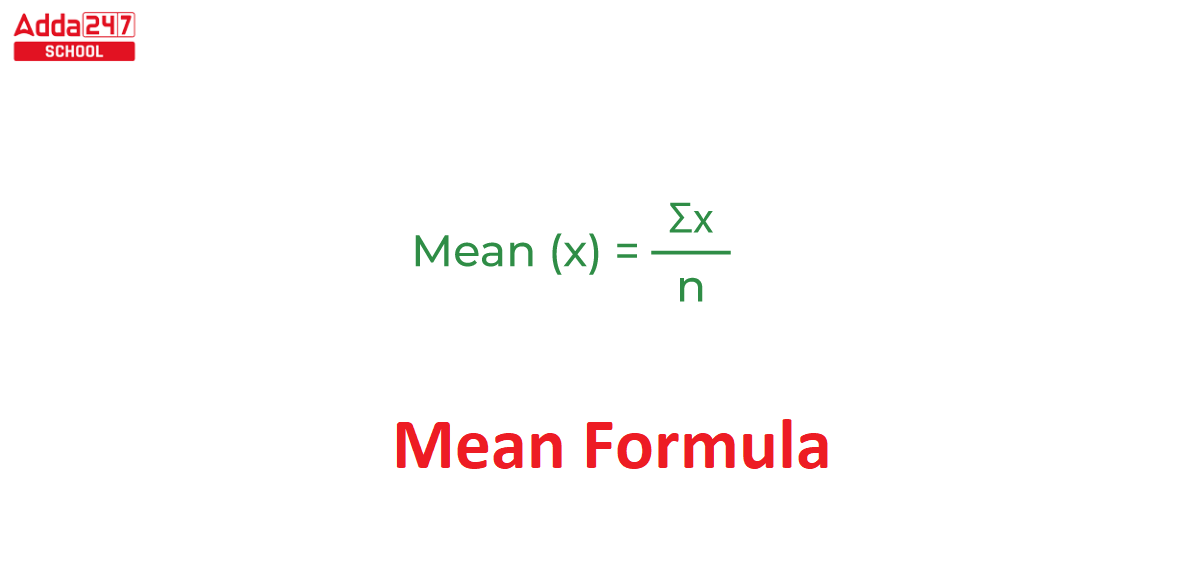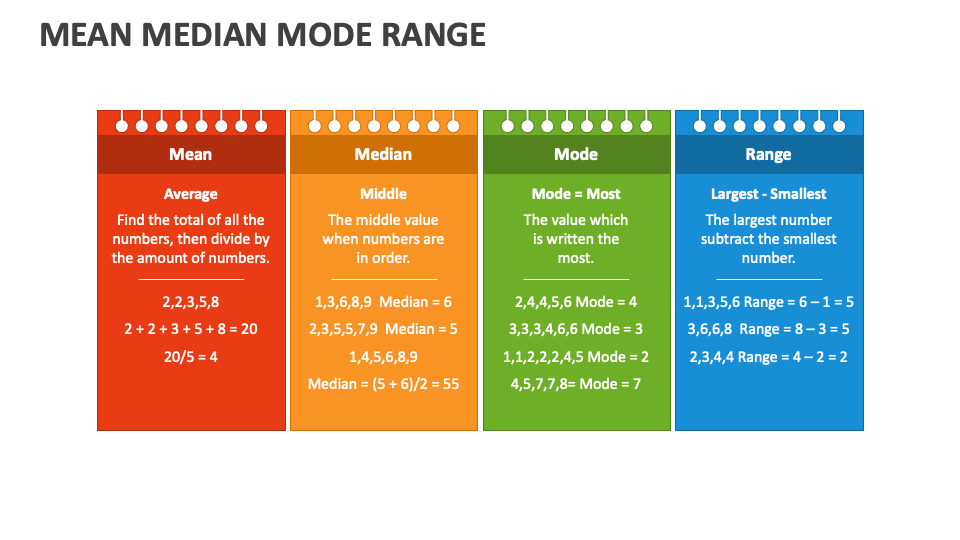I Mean It's Alright - Decoding A Cultural Phenomenon
That phrase, "I mean it's alright," has a way of popping up everywhere, doesn't it? It is a collection of words that seems to capture a very particular feeling, a kind of mild acceptance that falls somewhere between genuine enthusiasm and outright disappointment. You hear it, and you just know, it signals a response that is, well, just that: "alright." This simple statement, actually, carries a surprising amount of weight in how we talk about things, especially when we are sharing our thoughts with others.
It is not a declaration of love, nor is it a statement of deep dislike; instead, it occupies a rather unique spot in our everyday conversations. This expression, you see, often comes up when someone is giving a quick thought on something they have seen, or heard, or maybe even experienced. It's a way to acknowledge something without committing to a strong opinion, which, in some respects, can be quite useful for quick exchanges.
So, we are going to take a closer look at this interesting phrase. We will explore where it comes from, how people use it, and what it might tell us about how we react to things, even some pretty dry topics. It is a phrase that has, in a way, become a shorthand for a particular kind of judgment, one that is very much a part of our modern way of speaking.
Table of Contents
- What Does "I Mean It's Alright" Really Convey?
- The Digital Echo of "I mean it's alright"
- Where Does This Feeling of "I Mean It's Alright" Show Up?
- Considering Measures and "I mean it's alright" Reactions
- What About Those Numbers and "I mean it's alright" Judgments?
- Is "I Mean It's Alright" a Form of Acceptance?
- The Visuals and Sounds of "I mean it's alright"
- How Does "I Mean It's Alright" Shape Our Online Chats?
What Does "I Mean It's Alright" Really Convey?
When someone says, "I mean it's alright," they are, in essence, giving a lukewarm approval. It is a response that suggests something did not quite hit the mark, yet it was not a complete miss either. This particular turn of phrase has gained a lot of traction, especially online, as a quick way to share a thought that is not very enthusiastic, but not negative either. It is, to be honest, a rather neutral stance, a sort of middle ground in how we rate things. You see it used a lot when people are sharing their quick thoughts on something they have just seen or heard, like a video or a picture.
The Digital Echo of "I mean it's alright"
The phrase, "I mean it's alright," has, you know, become a big part of how people talk on the internet. It is a sound that, when you hear it, brings back a kind of pleasant feeling and a bit of a chuckle. This is because it is often tied to different reaction videos that show up on popular video-sharing sites. These videos, which feature this very phrase, offer quick judgments on a whole bunch of different things. For instance, some of these reactions include "it's the biggest piece of dog shit," then "it was perfect," or "woo," and even "that's why he's the goat." These are, actually, all part of the same trend, showing a range of feelings from really bad to truly excellent, with "I mean it's alright" sitting right in the middle.
Where Does This Feeling of "I Mean It's Alright" Show Up?
This kind of lukewarm reaction, the "I mean it's alright" sentiment, can show up in many different places, even in areas that seem very precise, like working with numbers. For instance, when people talk about different ways to figure out a middle point, like arithmetic mean, geometric mean, and harmonic mean, you might find this feeling lurking. Their mathematical ways of putting them together are, you know, pretty well known, along with what people typically think of them. One way to look at it is that a "mean" is what you get when you measure a true constant value and then average out all the measurements that were a bit off from that true value. On the other hand, an "average" is just the result of taking a series of numbers that already have some natural differences inside them and then finding their middle point. So, in some respects, these concepts can sometimes feel a bit… ordinary.
Considering Measures and "I mean it's alright" Reactions
When you are looking at ways to understand data, you might come across discussions about things like a "population mean." There is, actually, a thought that this term might be better called a "null hypothesized mean," which is a bit of a different idea. The thing is, this concept is not even strictly needed, since you can just build a confidence interval instead. This sort of discussion, about what to call things and how to measure them, can sometimes feel like it just gets to a point where you think, "I mean it's alright," but nothing more. It is a bit like when you run a computer model for numbers, and sometimes, you are just going to get results that are very much what you expected, without any big surprises.
What About Those Numbers and "I mean it's alright" Judgments?
Think about a situation where someone is working on a task, say, figuring out the price of houses. They might look online and see many studies and businesses that show how well their methods work by using the "median" value instead of the "mean." This choice, you know, can make a difference in how things look. Or, consider someone whose job it is to guess how many products a group of customers will buy each month. To see how good their guesses are, they often look at something called the "mean average percent error." These sorts of calculations, while important for getting work done, might not always spark a lot of excitement. They are, you know, just a way of doing things, and sometimes, the reaction is simply, "I mean it's alright," because it just gets the job done.
Is "I Mean It's Alright" a Form of Acceptance?
This phrase, "I mean it's alright," can certainly be a way of accepting something, even if it is not perfect. It is a way of saying, "This works, it is acceptable," without giving it a glowing review. For instance, when talking about how spread out data is, like with the "2 sigma rule," which relates to standard deviation, it is a way to set boundaries for data that follows a common pattern. It is not about how sure you are, but more about where most of the data points will fall. People also discuss how to write down standard deviation, sometimes using a plus-or-minus sign. There is a question about whether that is the best way to do it in published works, and people have different thoughts on it. These are, basically, discussions about how to present information, and the outcome might just be considered "I mean it's alright" in terms of how clear it is.
Then, there is the question of whether certain variations are theoretical, coming from how numbers are spread out in general, or if they are from a specific set of measurements. If they are from a set of measurements, then how do they relate to each other? These are technical points, and honestly, the feeling you get from understanding them might just be that they are, you know, "alright." It is a bit like when you have a rating system where 5 is very good, 4 is good, 3 is average, 2 is poor, and 1 is very poor. If the middle score is 2.8 and the spread is 0.54, you understand what those numbers mean. They are, in a way, just information, and your reaction to that information might very well be, "I mean it's alright," because you get it, but it does not really move you.
The Visuals and Sounds of "I mean it's alright"
The phrase "I mean it's alright" has a real presence in the world of online pictures that move and quick sounds. You can find many animated pictures, often called GIFs, that perfectly show this feeling for your online conversations. These moving pictures are a good way to share what you think, making your chats more positive and more like you. There are also quick sound clips of "I mean it's alright" that you can listen to and share, found on instant sound button sites. This shows how this simple phrase has become a tool for quick, casual communication, allowing people to express a nuanced feeling without having to write out a lot of words. It is, you know, a very efficient way to get a point across, even if that point is just a mild acceptance.
How Does "I Mean It's Alright" Shape Our Online Chats?
This phrase, "I mean it's alright," shapes our online conversations by giving us a simple, recognized way to express a moderate opinion. When you come across it in a chat or a comment section, it usually means someone is not completely thrilled, but they are not really upset either. It is a way to say, "I saw this, and it was okay," without needing to elaborate. This kind of shorthand helps keep online interactions flowing quickly, especially on platforms where short reactions are common. It is a pretty common way for people to share a quick thought, you know, without getting too deep into things. It lets you get your feeling out there, even if that feeling is just a shrug in word form, and it is, frankly, used a lot for quick, simple judgments.
- Amybell Onlyfans
- Blue Collar Barbering
- Aulii Cravalho Tits
- Consulado General De La Republica Dominicana Washington Heights
- Berkshire Lane

Mean Formula in Maths for Class 10

The formula of mean Mean = Average score = The sum of data value n

Mean Median Mode Range PowerPoint Presentation Slides - PPT Template